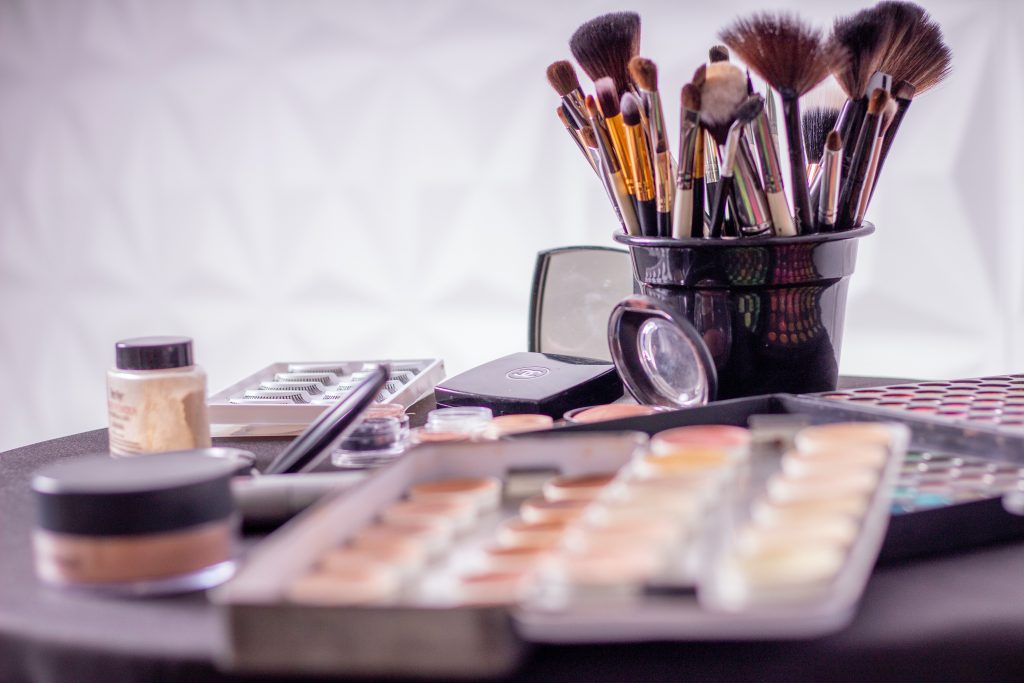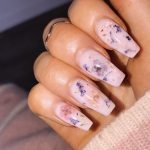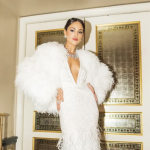As time goes on, people are becoming much more aware of the products they use and its impact on the world. The call for more ethical practices in the fashion and beauty industry is one that is quickly gaining momentum.
If you’re on a journey of lessening your harmful impact on the world, an easy way to start is with the makeup products you use.
What is cruelty-free makeup?
Cruelty-free makeup brands don’t test on animals at any stage of their development. They also don’t contract other parties to test on their behalf and, in most cases, don’t sell their products in countries that require animal testing. If a brand is sold in China, for example, its most likely not cruelty-free because of the country’s policies.
Cruelty-free products are tested through a variety of alternative methods like using human and animal cell cultures that have been grown in laboratories, human tissue that has been donated to science, or through computer modelling.
You can easily spot if a makeup brand is cruelty free. The makeup components will typically have a logo of a bunny printed on it somewhere close to the ingredients list.
If the brand is vegan, that means there are no animal products included in the items either. A brand can thus be cruelty-free but not vegan. If you’re vegan, look out for non-vegan ingredients like lanolin, beeswax, glycerin, elastin and squalene to find out its status.
Where can I find it?
In South Africa, there are a number of popular brands that are also cruelty-free, like Wet n Wild, Urban Decay, NYX, Catrice, Smashbox, Essence, LA Girl, Oh so Heavenly and Physicians Formula.
Brands that still employ animal testing or employ third parties to test on animals include Maybelline, Benefit, Clinique, MAC and L’Oreal.
Feature image: Pexels




















